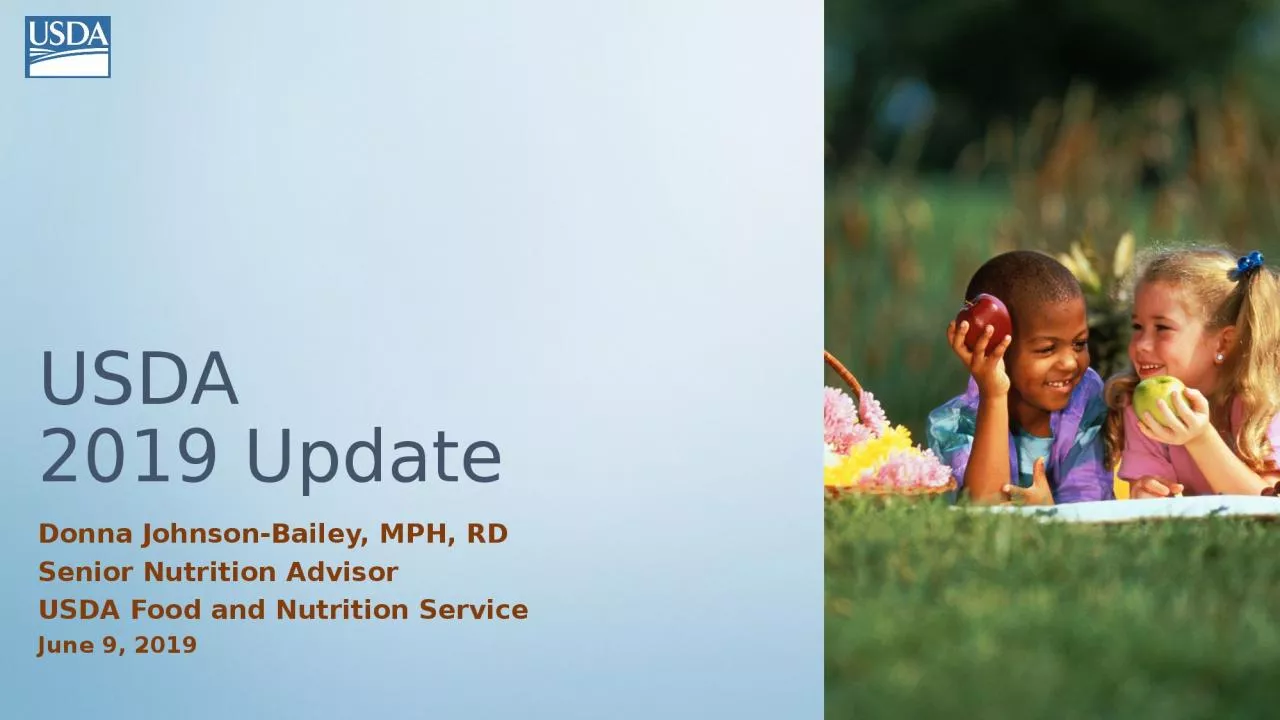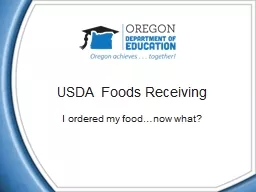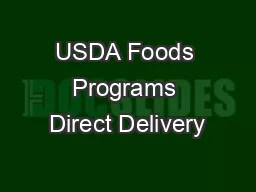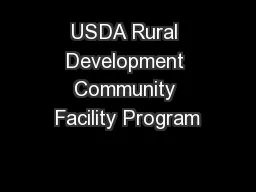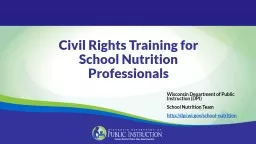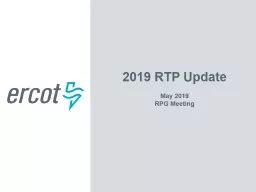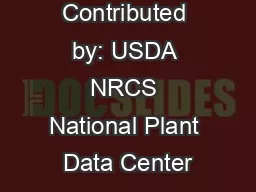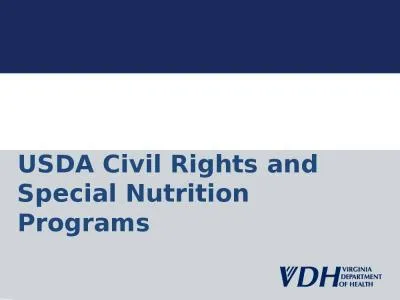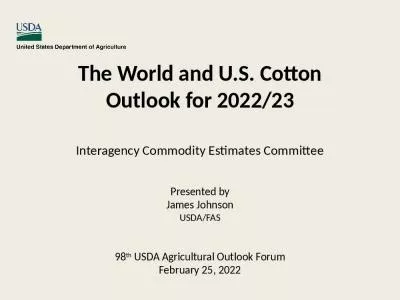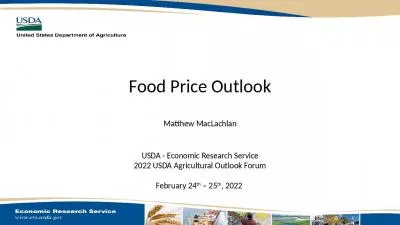PPT-USDA 2019 Update
Author : bikersquackers | Published Date : 2020-08-28
Senior Nutrition Advisor USDA Food and Nutrition Service June 9 2019 USDA Year In Review FNS Program Updates relevant legislative and regulatory activities 2018
Presentation Embed Code
Download Presentation
Download Presentation The PPT/PDF document "USDA 2019 Update" is the property of its rightful owner. Permission is granted to download and print the materials on this website for personal, non-commercial use only, and to display it on your personal computer provided you do not modify the materials and that you retain all copyright notices contained in the materials. By downloading content from our website, you accept the terms of this agreement.
USDA 2019 Update: Transcript
Download Rules Of Document
"USDA 2019 Update"The content belongs to its owner. You may download and print it for personal use, without modification, and keep all copyright notices. By downloading, you agree to these terms.
Related Documents

